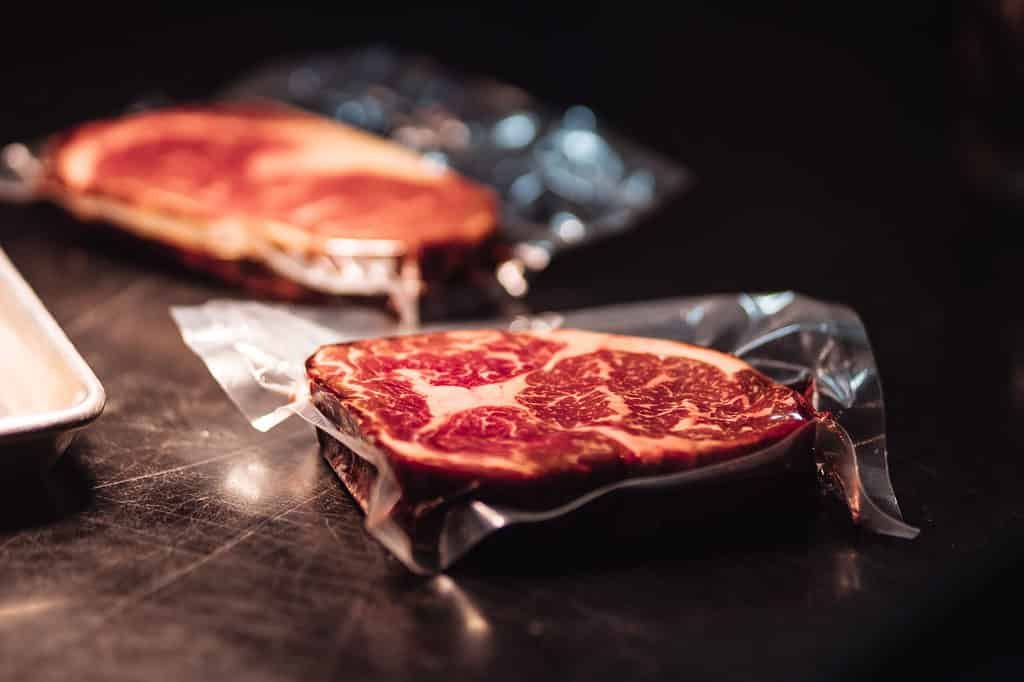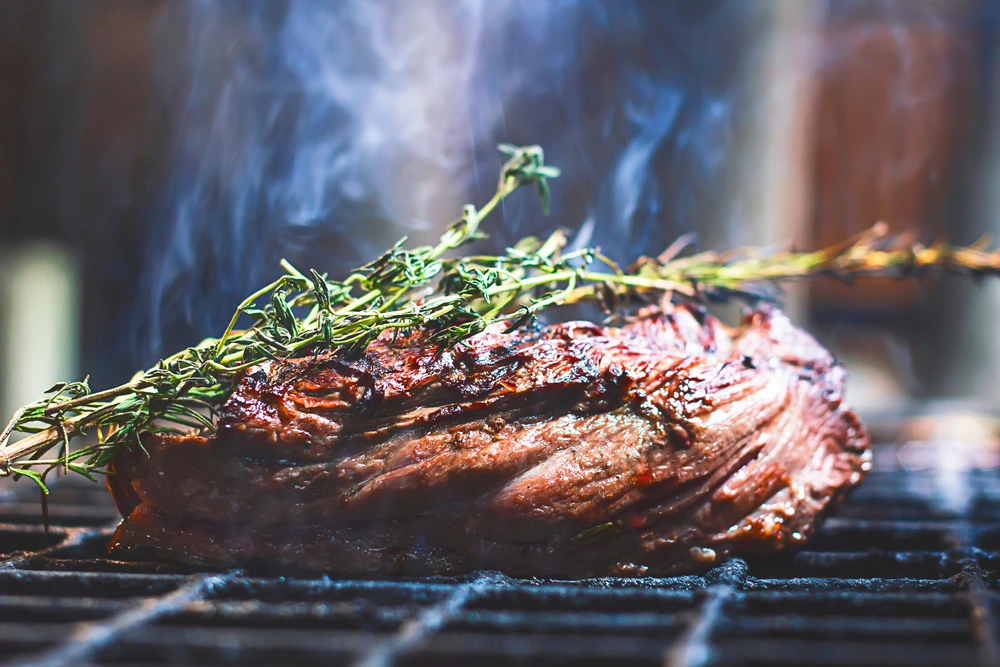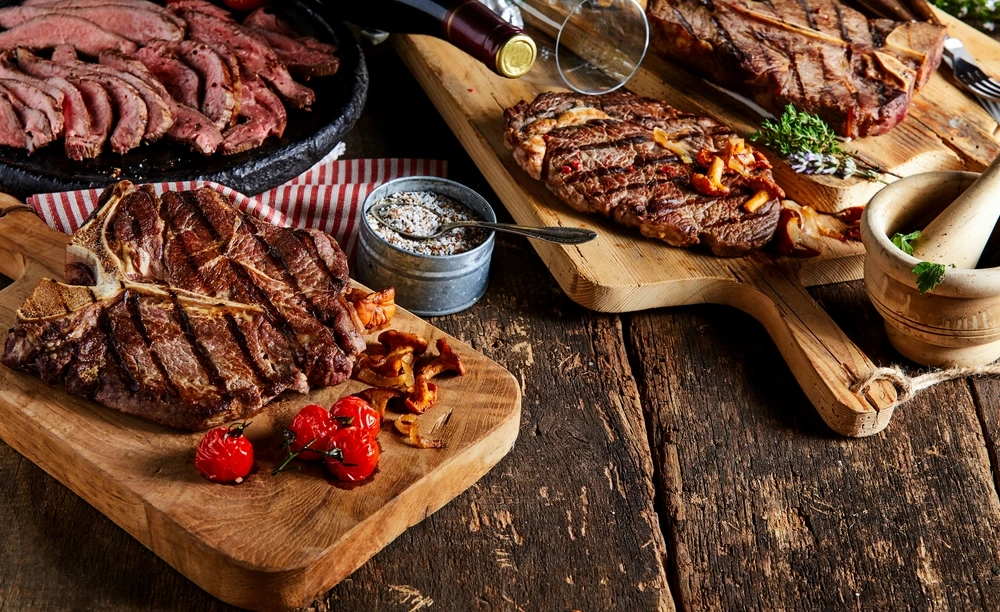The muscle of beef, and all meats in general, undergoes progressive changes after slaughter that affect the tenderness of the cooked product. The first is muscle rigidity, which lasts from a few hours to a day or two, depending on the animal. The muscle then undergoes changes that lead to a gradual improvement in tenderness.
Parallel biochemical processes occur in the muscles and fat, leading to a more intense taste and aroma. In general, these changes in taste and aroma are desirable for most consumers.
As regards the refrigerator in which the meat is cured, temperature, relative humidity, air currents and general hygiene conditions are essential for successful curing.
Specifically, the temperature should be kept at 2 to 4 degrees Celsius, the relative humidity at 85 to 90%, the refrigerator should be clean and free of odours at all times.
The layer of fat covering the cuts minimises drying and discolouration of the meat. In recent years, curing meat cuts in vacuum packaging has become common practice.
Dry Aging
Dry curing is the process by which large pieces of meat are soaked for more than the necessary time before being cleaned and cut into steaks. This process not only helps the meat develop a deeper flavor but also makes it much more tender compared to fresh meat sold in the butcher shop.
However, in order to cure longer than normal, a piece of meat in a “dry environment” needs space (i.e. many litres of air around it), a space where both the temperature and humidity are constantly monitored.

What is the minimum and maximum aging period?
The minimum time required to make a difference in an aged track is three weeks (21 days), while it takes 4 to 5 weeks (28 to 35 days) to make a noticeable difference. From there, one can age a piece up to 120 days.
When a cut enters the dry aging process, there are three factors that affect the texture of the meat:
- MOISTURE: The moisture that is lost is the first and most important factor. A piece of dry aged veal may lose as much as 30% of its original volume due to loss of water content, thus concentrating the flavor of the meat. Much of the moisture lost comes from the outer layers of the cut, which dry out and brown, which of course must be removed before cooking.
- TENDERNESS: TENDERNESS occurs because the enzymes, which are found in the natural environment of the meat, cut the protein cells contained in the muscle fibres essentially vertically. A well-ripened cut is noticeably more tender and softer than a fresh cut.
- TASTE: The change in taste is due to many processes that take place, including enzymatic and bacterial action. A properly dry aged cut has developed a deep aroma of beef, walnut and almost cheesy flavours.
In conclusion, therefore, we can say that the dry aged version of any cut is more expensive, due to the weight of the meat lost to moisture, due to the necessary external cleaning that is required before the dry aged version can be used.
Wet aging
In so-called wet curing, the meat is placed in vacuum packs and allowed to rest for a few weeks. A wet-cured steak is more tender than a steak that has not been cured. There are enzymes in the meat that break down the tough connective tissue over time, but they cannot affect the flavor.

A meat that has been wet cured for 20 or 30 days in a vacuum should be opened, drained of its juices and left out of the refrigerator for at least 10-15 minutes to regain that nice original meat smell. Thorough wiping with paper towels is essential not only for better cooking behaviour but also for flavour reasons.





